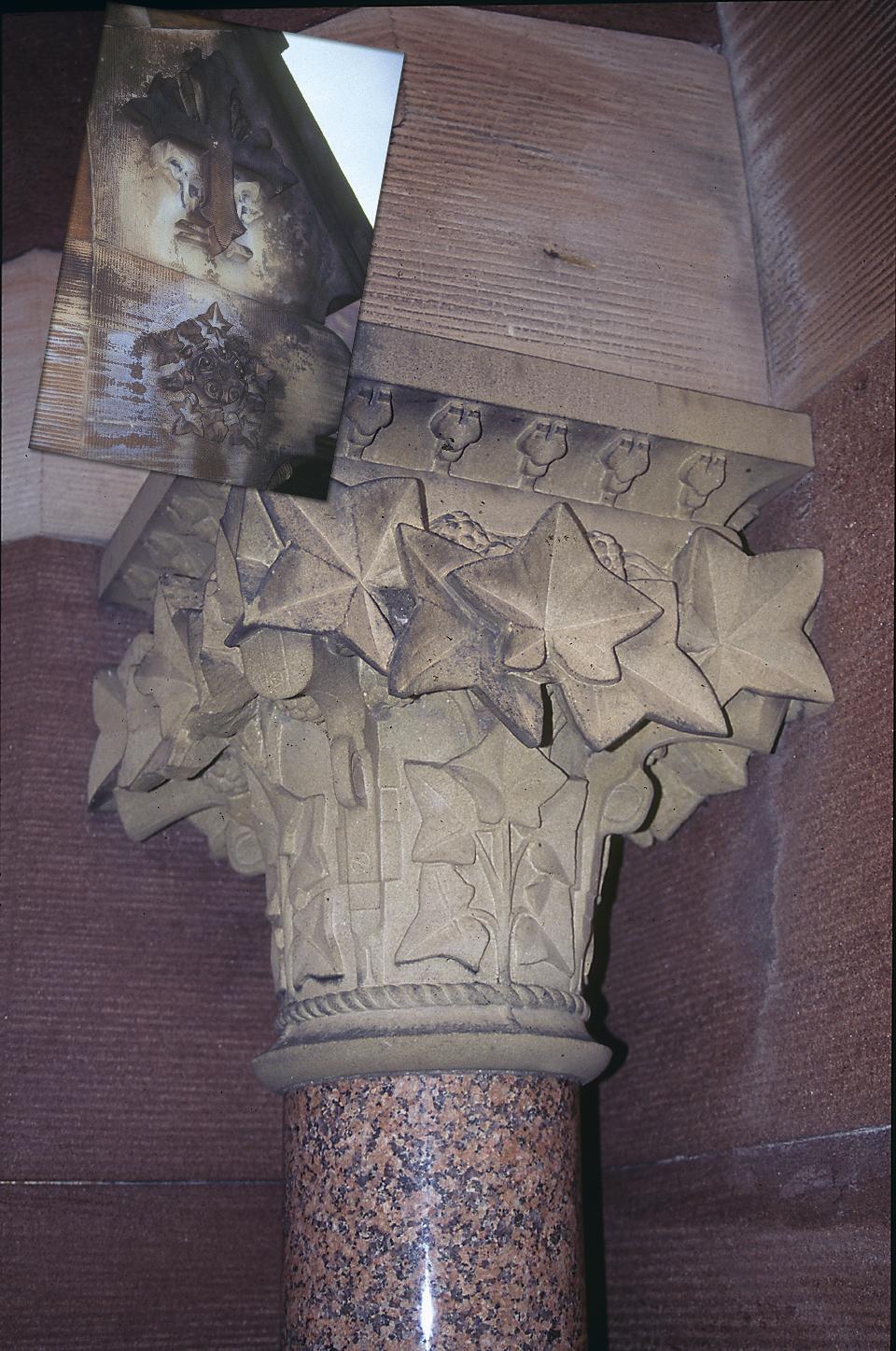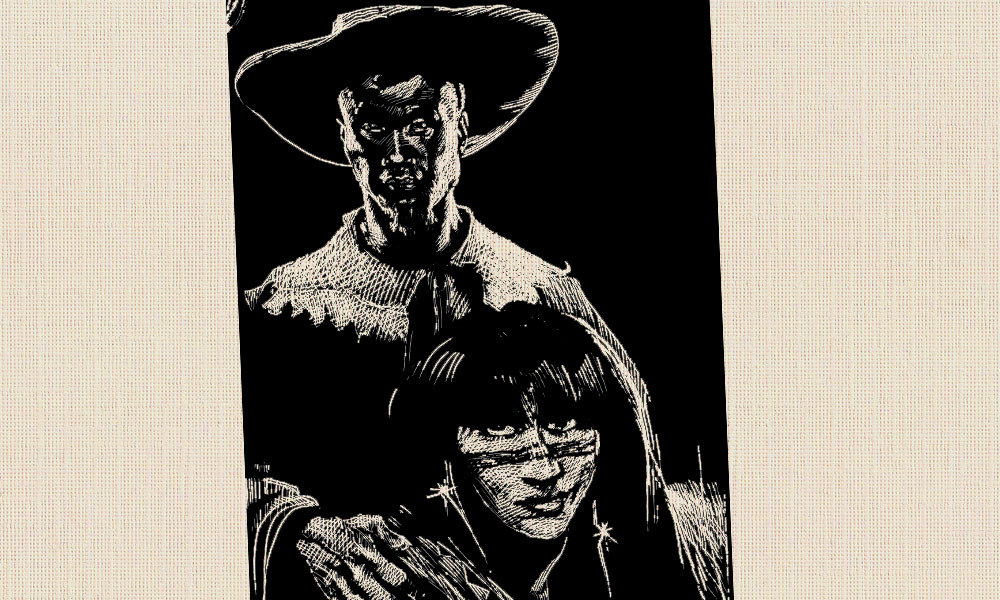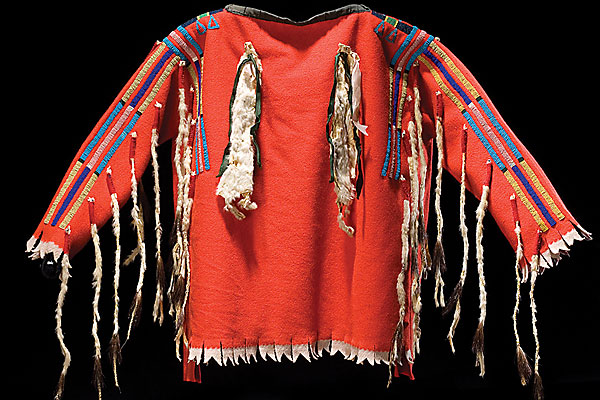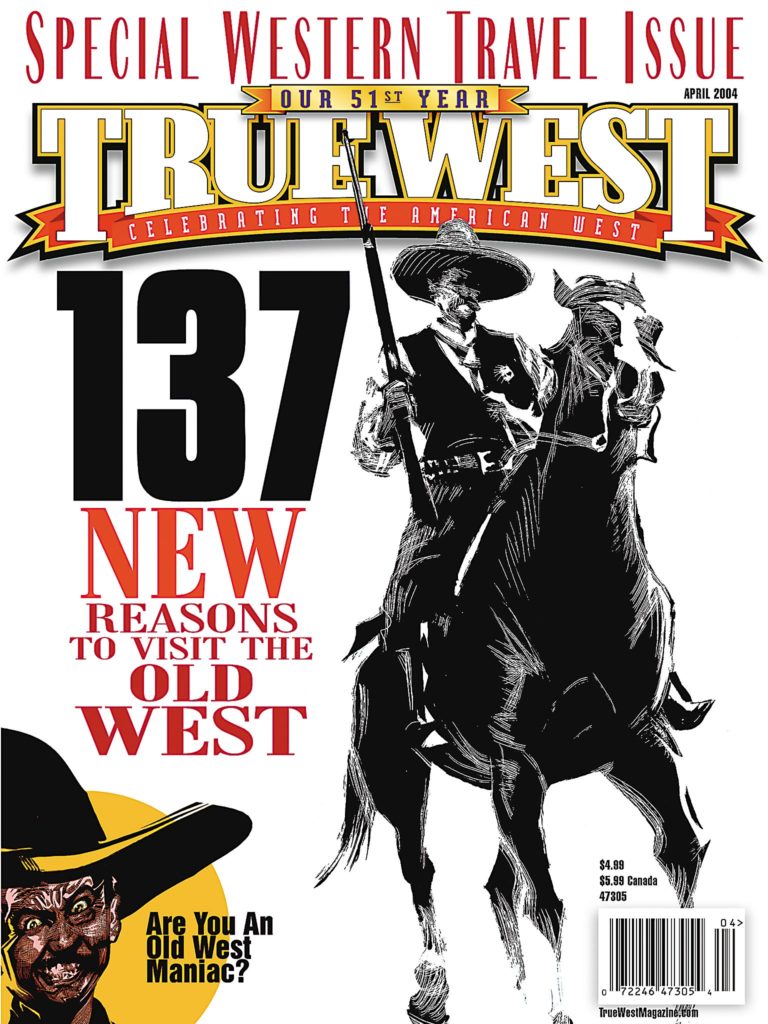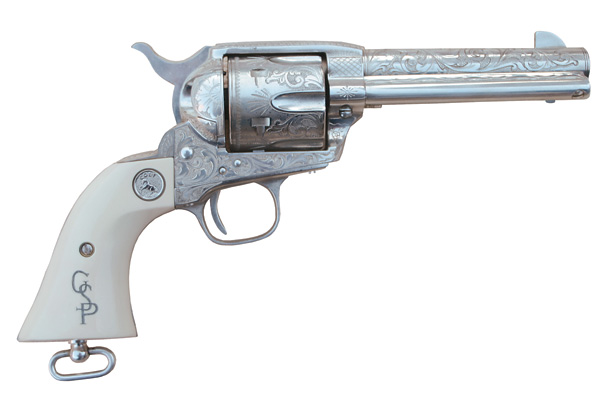 After famed arms inventor and manufacturer Samuel Colt passed away in 1862, his widow Elizabeth wanted to build a memorial to him and their three deceased infants.
After famed arms inventor and manufacturer Samuel Colt passed away in 1862, his widow Elizabeth wanted to build a memorial to him and their three deceased infants.
When the congregation outgrew the Episcopalian parish mission in the South Meadows area of Colt’s hometown Hartford, Connecticut, Elizabeth decided that the construction of a new house of God would be a fitting tribute to her late husband, while also providing a place of worship for the workmen at the nearby Colt’s Armory, which she had rebuilt after an 1864 fire.
After rejecting the original drawings for the church, Elizabeth settled on the designs of Edward Tuckerman Potter, one of the most talented American architects of the Victorian age. On September 7, 1867, the cornerstone of the new church was laid. After nearly two years of continual work by a legion of artisans, including woodcarvers, masons, stonecutters, stained glass artists, painters and upholsterers, the church was completed in January 1869. The building was financed by Elizabeth, costing her $175,000 (in excess of $2 million today).
The Church of the Good Shepherd was built in the style of the era, English High Victorian Gothic. The sanctuary was adorned with a multi-hued, ornately patterned slate roof, polished red granite columns, stained glass windows, steeples, archways, colossal doors and turrets—all heavily ornamented with ivy wreaths, scriptural passages and religious icons.
Hailed as a “gem of Ecclesiastical Architecture,” the church quickly became the pride of Hartford, and it was considered a technological marvel of its time.
But one particular portion of the church’s intricate décor is truly unique. The church’s southwest entranceway, known as the armorer’s porch, is decorated with detail-perfect likenesses of 1851 Navy Colt revolvers—carved in sandstone. The archway and elaborately ornamented columns are festooned with Christian crosses intermingled with ’51 Navy Colt hammers, pistol grips, trigger guards, barrels, bullet molds and percussion cylinders—nestled among accents of ivy leaves.
Such décor may not be politically correct in modern times, but as author William Hosley wrote in his book Colt: The Making of an American Legend, “Whatever one thinks of the politics, the kinship of religion, industry, and empire has rarely been so boldly proclaimed.”
The church’s distinctive six-gun ornamentation does indeed bring to mind the biblical proverb: “Blessed are the Peacemakers.”
And now the church and its six-guns may soon become part of a national park. Last October, President George W. Bush signed a law directing the National Park Service to complete its study of whether or not the Coltsville area of Hartford should be designated a national park.
Photo Gallery
– All photos by Phil Spangenberger –


